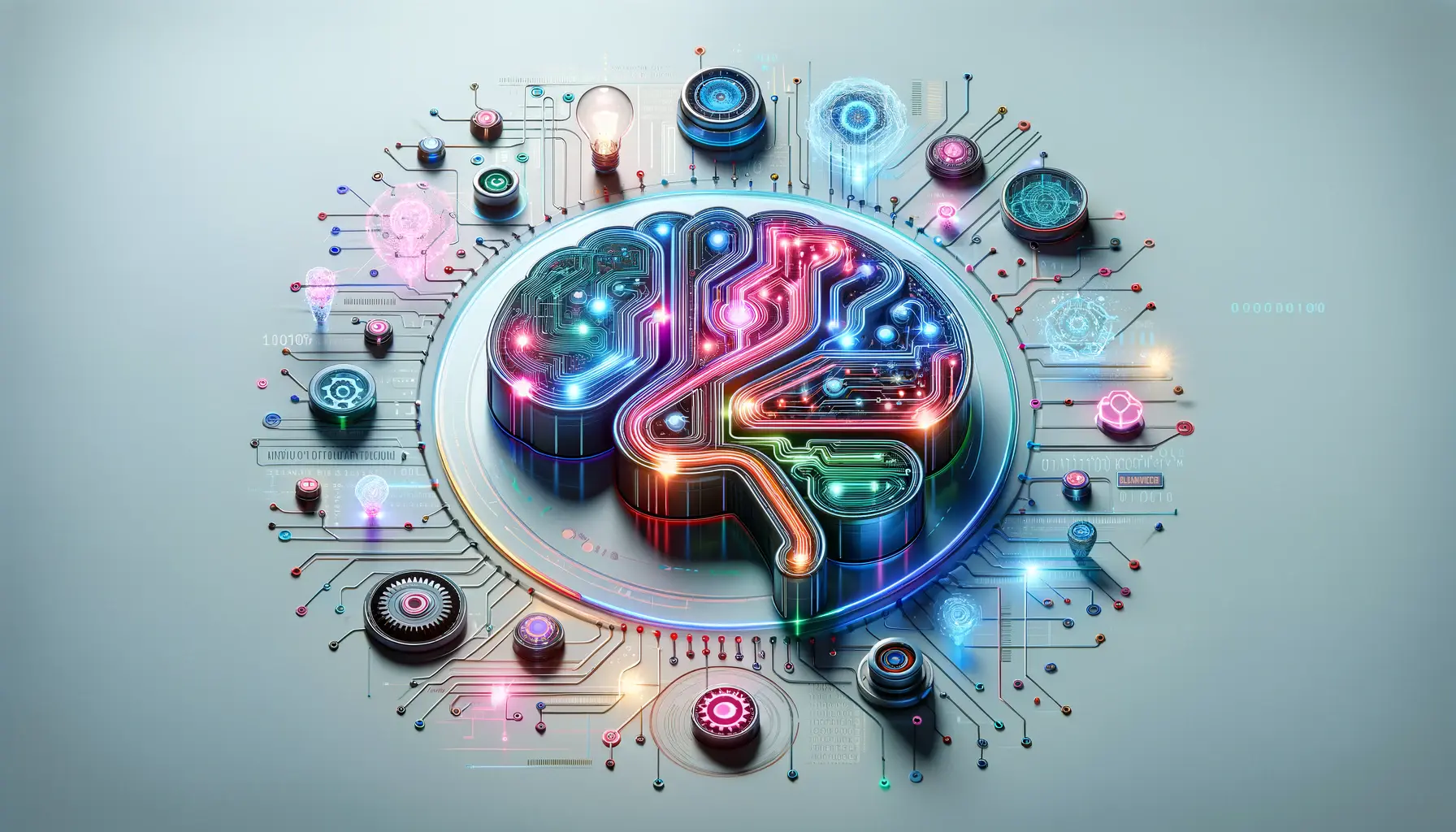In a world marked by constant change, innovation stands out as the most powerful and transformative force shaping the future. While many view innovation purely in terms of technology, it goes far beyond gadgets and software. Innovation is the art of thinking differently—challenging norms, reshaping ideas, and crafting better solutions to everyday problems. It’s the spark behind breakthroughs in science, society, and business. More importantly, it is the bridge that connects imagination to implementation.
This article dives deep into the unique nature of innovation, examining how it emerges, why it matters, and how individuals and organizations can harness it to drive meaningful progress.
Understanding Innovation in a Broader Sense
The term “innovation” is often confused with “invention,” but the two are not the same. Invention is about creating something entirely new—a product, idea, or process that didn’t exist before. Innovation, however, is about making things better. It could involve improving an existing process, using resources in a new way, or applying known ideas to new challenges.
For example, ride-sharing apps like Uber didn’t invent transportation, but they revolutionized how we interact with it. Similarly, Airbnb reimagined hospitality by turning spare rooms into hotel alternatives. These examples show that innovation is not always about radical discoveries—it can also come from subtle but impactful shifts in how we think and operate.
The DNA of Innovation
What makes innovation unique is that it doesn’t follow a fixed path. It emerges from a mix of creativity, necessity, observation, and sometimes even frustration. The DNA of innovation includes:
-
Curiosity – The desire to explore how things work and how they can be improved.
-
Problem-solving – A natural instinct to fix what’s broken or inefficient.
-
Adaptability – The willingness to change direction when something isn’t working.
-
Risk-taking – The courage to try something new, even if failure is possible.
Together, these traits create a fertile ground for innovation to thrive.
Innovation in Unexpected Places
Innovation is often associated with tech giants like Google, Apple, or Tesla, but some of the most meaningful innovations happen in less visible corners of the world.
-
In rural Africa, solar-powered lamps are replacing dangerous kerosene lanterns, improving safety and education.
-
In India, low-cost medical devices have brought healthcare to millions who could never afford traditional treatments.
-
In the education sector, mobile learning apps have empowered children in war-torn regions to continue learning despite closed schools.
These examples prove that innovation doesn’t have to be flashy to be effective. Sometimes, the most impactful innovations are those that solve real-world problems with limited resources.
Social Innovation: Changing Lives
One of the most powerful and unique forms of innovation today is social innovation. This type focuses on improving the well-being of communities and solving pressing issues such as poverty, inequality, and climate change.
Organizations like Grameen Bank in Bangladesh revolutionized finance by introducing microloans for the poor, empowering millions of women to start small businesses. Similarly, The Ocean Cleanup project innovates with floating barriers to remove plastic waste from oceans. These are not just technological feats—they are compassionate solutions aimed at a better future for all.
The Role of Failure in Innovation
An often overlooked but essential aspect of innovation is failure. Many groundbreaking innovations were born from failed attempts. Thomas Edison famously said, “I have not failed. I’ve just found 10,000 ways that won’t work.” His perseverance eventually led to the creation of the electric light bulb.
Failure provides valuable feedback. It teaches us what doesn’t work, helps us refine our ideas, and builds resilience. Encouraging a culture where failure is not punished but seen as part of the process is crucial to fostering innovation, especially in educational institutions and corporate environments.
Innovation and the Future of Work
The workplace is evolving fast, and innovation is both the cause and the solution. Automation, AI, and remote work are reshaping how companies operate. The most successful businesses are those that don’t resist change but lead it. They invest in research, encourage employee creativity, and are always looking ahead.
For example, companies like Spotify and Zoom grew rapidly during the COVID-19 pandemic by innovating their user experiences and scaling their services. Even traditional industries like farming are embracing innovation—using drones, data analytics, and climate-smart methods to boost food production sustainably.
How to Nurture Innovation
Fostering innovation is not about waiting for a “eureka” moment. It’s about building an environment where ideas can be shared, tested, and developed. Here are a few ways to cultivate innovation:
-
Encourage diversity of thought: Teams with varied backgrounds and experiences often come up with more creative solutions.
-
Support experimentation: Give people the time and resources to explore new ideas without fear of failure.
-
Invest in continuous learning: Encourage curiosity and lifelong learning to keep ideas fresh and relevant.
-
Collaborate widely: Innovation often happens at the intersection of disciplines. Bringing together experts from different fields sparks creativity.
Conclusion: Innovation is for Everyone
The beauty of innovation lies in its accessibility. It isn’t limited to scientists in labs or CEOs of billion-dollar companies. Anyone with a fresh perspective and a willingness to challenge the status quo can be an innovator. Whether it’s a student finding a smarter way to study, a teacher reimagining lessons with digital tools, or a small business owner finding new ways to serve customers—innovation can start anywhere.
In an age of uncertainty, rapid technological shifts, and complex global problems, innovation is not just a tool; it is a necessity. By embracing it, nurturing it, and applying it with empathy and purpose, we can build a world that’s not only more advanced but also more equitable, sustainable, and humane.


